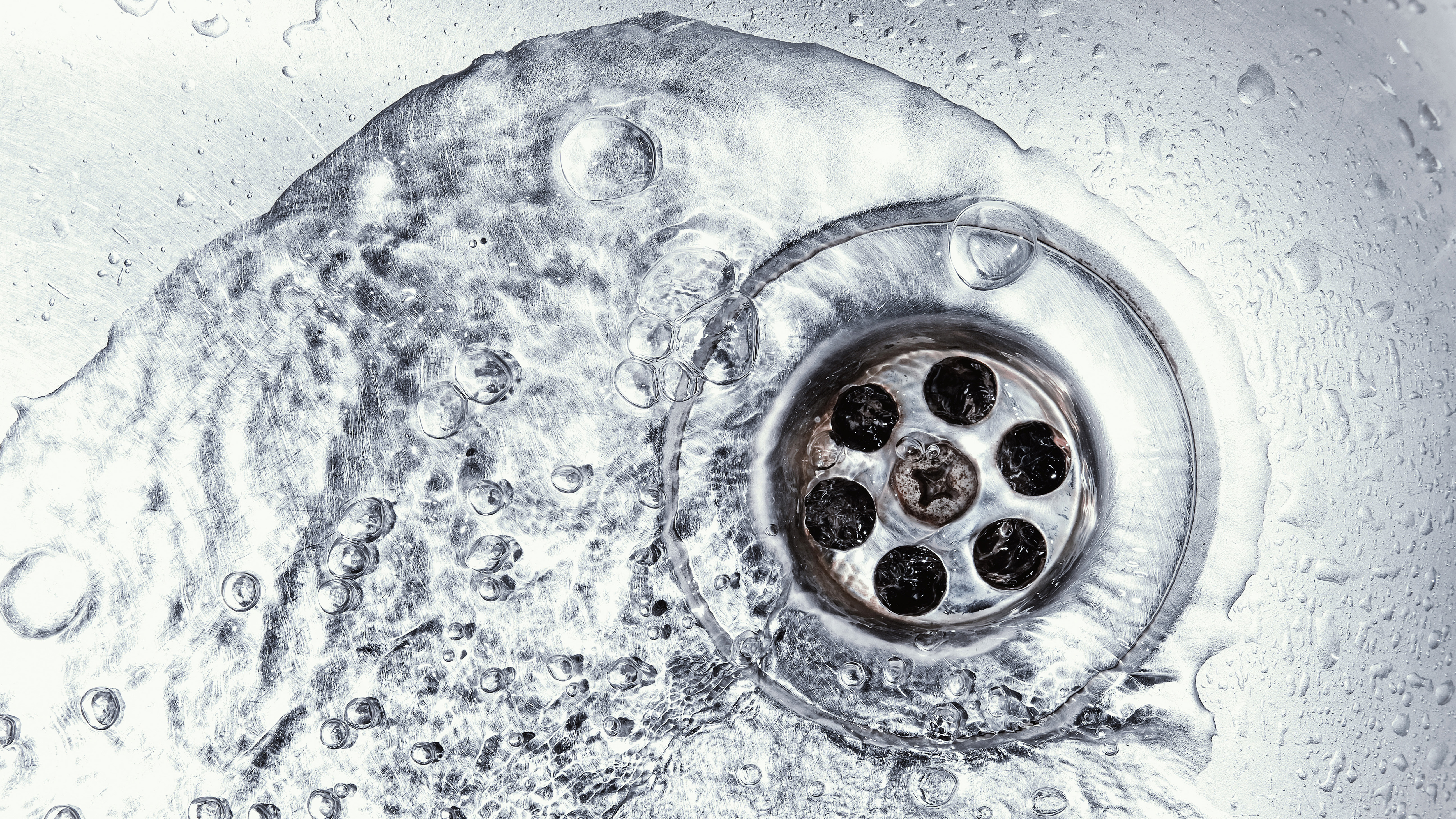Your kitchen sink drain collects more than just water. Food particles, grease, and soap residue build up over time, creating an environment where bacteria can thrive and unpleasant odors can develop. Regular cleaning prevents these issues while keeping your kitchen hygienic.
Most people focus on cleaning the visible parts of their sink but neglect the drain itself. This oversight can lead to slow drainage, bad smells, and even potential health concerns, since dirty drains can harbor harmful bacteria.
By using simple household ingredients like baking soda and vinegar, you can keep your kitchen sink drain clean and fresh-smelling with minimal effort. This natural approach is gentler on your pipes than commercial drain cleaners while being just as effective for regular maintenance.
Here’s how to clean your kitchen sink drain using items you likely already have at home.
1. Apply baking soda and dish soap
(Image: © Future)
Start by sprinkling about half a cup to one cup of baking soda directly down the drain — you don’t need to measure precisely, just eyeball the amount. Add a small drizzle of liquid dish soap on top of the baking soda for extra cleaning power.
The baking soda acts as a gentle abrasive that helps scrub away buildup, while the dish soap helps break down grease and food particles that have accumulated in your drain. Let this mixture sit for about five minutes to give it time to work on any stubborn residue.
After the waiting period, rinse everything down with hot water from your tap. The hot water helps activate the cleaning ingredients and flushes away loosened debris.
2. Follow with vinegar treatment
(Image: © Shutterstock)
Pour about one cup of white vinegar down the drain after you’ve completed the baking soda step. Don’t combine the baking soda and vinegar at the same time, as this actually neutralizes both ingredients and reduces their cleaning effectiveness.
The vinegar serves as a natural deodorizer and helps dissolve mineral deposits that can build up in your pipes. It also provides additional antibacterial properties to sanitize your drain.
Allow the vinegar to sit in the drain for a few minutes before moving to the final step. This gives it time to break down any remaining buildup and eliminate odors.
3. Rinse with hot water
(Image: © Shutterstock)
Finish the cleaning process by running hot water down the drain for about 30 seconds. This final rinse removes all the cleaning residue and flushes away any loosened debris from your drain.
The hot water also helps ensure that any grease or soap scum that was loosened during the cleaning process gets completely washed away rather than re-settling further down in your pipes.
Your drain should now smell fresh and flow more freely. If you notice persistent odors or slow drainage, you may need to repeat the process or consider using an enzyme cleaner for tougher buildup.
Follow Digitpatrox on Google News to get our up-to-date news, how-tos, and reviews in your feeds. Make sure to click the Follow button.
More from Digitpatrox
Source link
